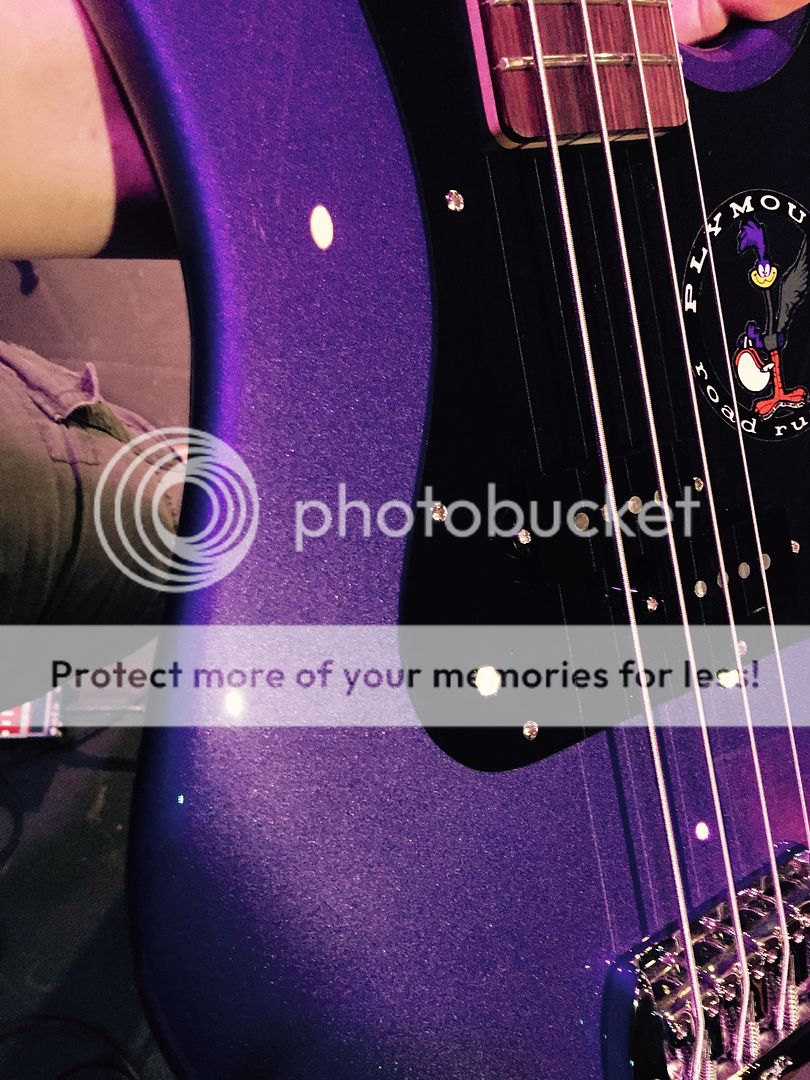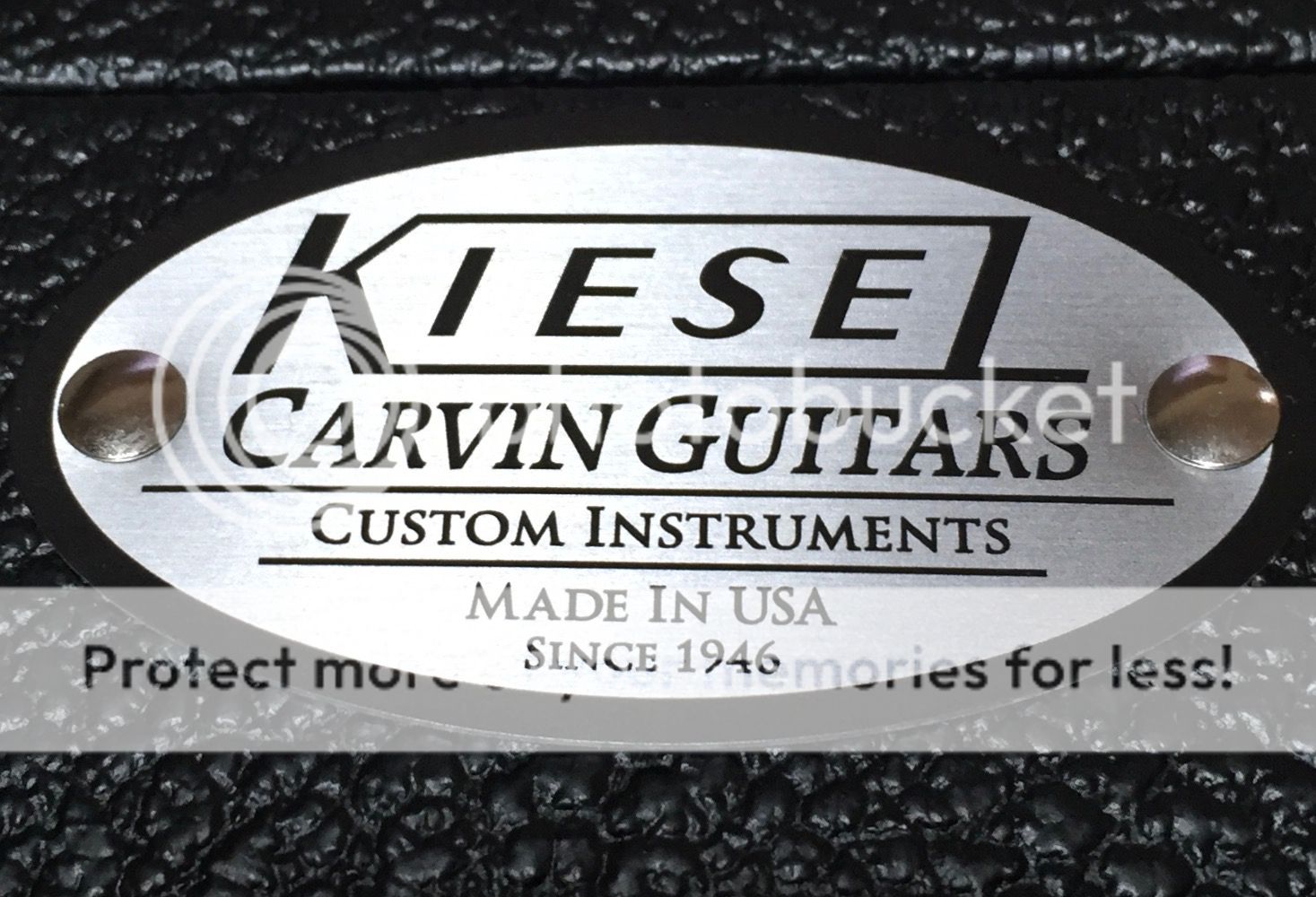 |
| Excuses, excuses... |
Such as it was during the last few weeks. We are in the middle of a remodeling project on our home, and it has consumed most of my time.
The time I did spend practicing were mostly in preparation for our Sunday morning worship the last few weekends. Two weeks ago I took along my new G&L 5-string for its first time on stage. Having used it in my practice sessions prior to that Sunday, I was feeling pretty comfortable with that additional string and significantly wider neck. It turned out that I wasn't quite ready.
 |
| A's become E's... practice, practice, practice |
 |
| Sunday morning rehearsal with the Roadrunner |
 |
| My Plum Crazy G&L Roadrunner |
Duck Dunn remains at the top of my practice routine. Having the notes of Green Onions down, I have since been working on his approach to the song. Listen to the recording, then the 1962 live version and you will notice there is more "bounce" to the live version. That bounce is still there in the recording, but less noticeable. There is also an interesting timing which I noticed missing in my playing, though I am getting better at it as I keep chipping away at the tune.
 Moving forward with my 108 Days of Practice, I am going to try changing my approach a bit. In a recent Q&A video with Jeff Kiesel (the first from Kiesel's new factory), Jeff mentions that Greg Howe suggests practicing for shorter times, and more often, opposed to long practice sessions once or twice a week. For example, 15-minutes in the morning, 15-minutes in the afternoon, and another 15-minutes in the evening. By adopting this to those days where I am busier than normal, my hope is that I will be able to be more consistent with my daily practicing. To find out if this approach works for me...
Moving forward with my 108 Days of Practice, I am going to try changing my approach a bit. In a recent Q&A video with Jeff Kiesel (the first from Kiesel's new factory), Jeff mentions that Greg Howe suggests practicing for shorter times, and more often, opposed to long practice sessions once or twice a week. For example, 15-minutes in the morning, 15-minutes in the afternoon, and another 15-minutes in the evening. By adopting this to those days where I am busier than normal, my hope is that I will be able to be more consistent with my daily practicing. To find out if this approach works for me......stay tuned & in tune!


















